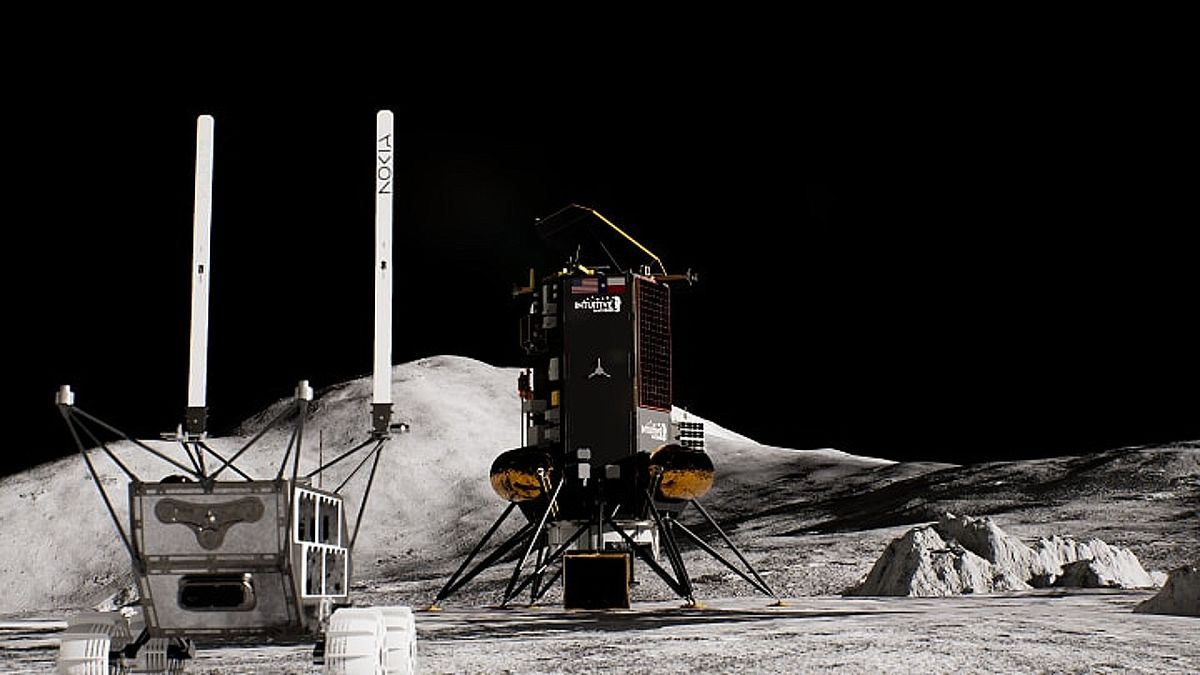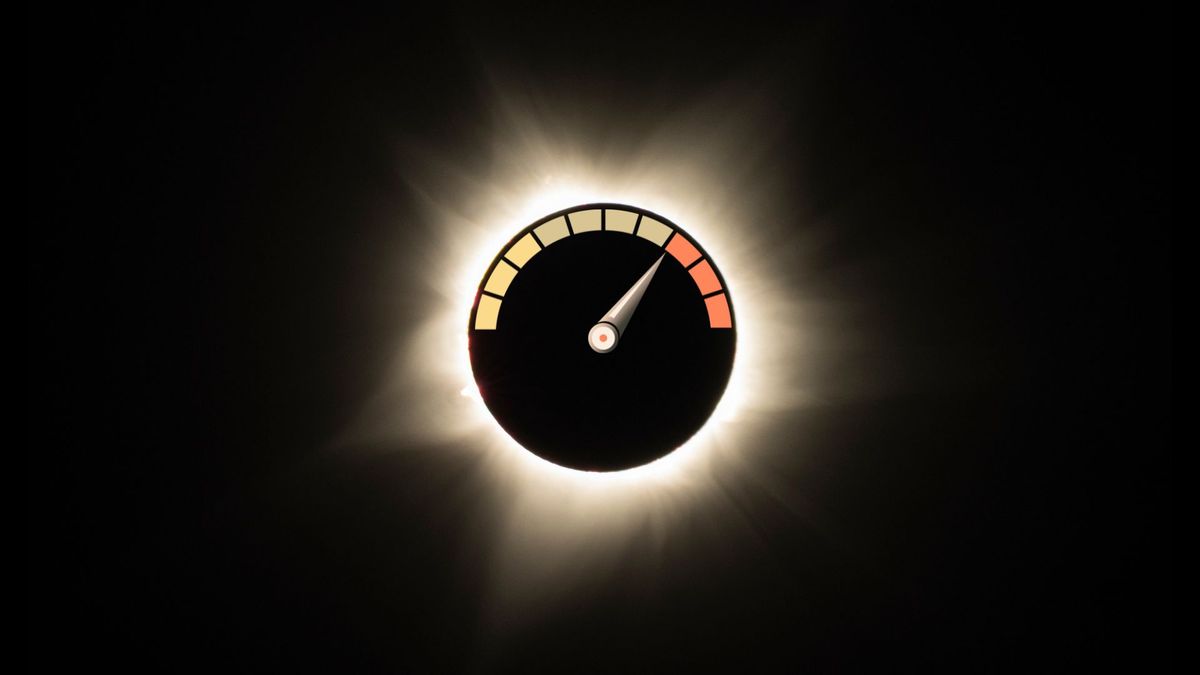The Future of Communication on the Moon
As we look towards a future where humans will once again walk on the moon, the importance of robust communication systems cannot be overstated. Nokia, a global leader in telecommunications technology, is paving the way for a new era of lunar communication with its innovative LTE/4G network designed specifically for the lunar environment.
The first piece of Nokia’s lunar network is set to launch later this year, marking a significant milestone in the company’s contribution to space exploration. The hardware for a simplified version of the network will be part of the Intuitive Machine’s IM-2 mission, scheduled to touch down at the moon’s south pole. This “network in a box” will connect various lunar assets, including landers, rovers, and hoppers, to enable seamless communication over both short and long distances.
Revolutionizing Lunar Communication
“Like shelter, food, and life support, communications will be a crucial component of any future lunar or Mars mission,” emphasized Thierry Klein, president of Bell Labs Solutions Research at Nokia. By leveraging existing terrestrial technologies, Nokia aims to provide astronauts and robotic systems with reliable and high-bandwidth communication, facilitating complex operations on the lunar surface.
In recognition of its pioneering efforts, NASA awarded Nokia a contract worth $14.1 million to develop the first cellular network on the moon. Rather than starting from scratch, Nokia is repurposing its proven hardware to function in the challenging lunar conditions, setting a new standard for interplanetary communication.
Advancing Connectivity Beyond the Moon
The implications of Nokia’s lunar network extend far beyond our satellite. With the potential for future upgrades to 5G technology, the network could support missions to Mars and enable unprecedented levels of connectivity between human outposts on different celestial bodies.
“Just think about the scale of operations on the moon over the next 20 years. There will be multiple missions in a single year run by different space agencies and even commercial ventures. There will be bases in different regions of the moon,” Klein envisioned. By consolidating communication infrastructure and interlinking lunar bases, Nokia’s network serves as a critical enabler for sustained lunar exploration.
Balancing Innovation with Scientific Integrity
Despite the promise of enhanced communication capabilities, concerns have been raised regarding potential radio frequency interference (RFI) caused by lunar cell networks. Radio astronomers fear that such interference could compromise their observations of the cosmos.
Nevertheless, there is optimism that through careful frequency management and collaboration with stakeholders, telecommunications companies like Nokia can mitigate RFI issues and ensure that scientific research remains unaffected by lunar communication activities.
In conclusion, Nokia’s endeavors in developing a lunar communication network represent a significant step towards establishing a sustainable human presence on the moon and beyond. By combining cutting-edge technology with a commitment to scientific integrity, Nokia is shaping the future of interplanetary connectivity for generations to come.
Image/Photo credit: source url





